Seafood Shelf Life
How long your fish or shellfish will stay fresh depends on a couple of factors: The condition of your seafood when you bought it, the type of seafood you bought, and how well you take care of it.
The condition of the fish or shellfish when you purchased it
Photo credit: Markham Starr
You want to buy the freshest seafood possible. This will help ensure longer shelf life and make your seafood taste better as well. Ideally you will be purchasing seafood within a day or two of when it was landed. Handling of the seafood by your fishmonger (whether you buy from a fish market or direct from a fisherman) is very important. The fish should be kept cold (40°F or lower). Ideally the fish has been kept on ice and for some species it's important that it was bled and gutted. For crustaceans such as lobsters and crabs you want them to be alive and moving, the livelier the better (however some species such as Jonah crabs are naturally very calm and docile). And for shellfish such as clams or mussels you want them all to be alive and for most, their shells should be closed (you can tap a clam or mussel with an open shell and they should close their shell. Some species such as steamer clams or razor clams have a naturally open shell and that is okay.)
The type of seafood you bought and how to store them
Crustaceans
Live crustaceans such as lobsters and crabs should ideally be used the same day you bought them. However if you need to keep them for a day they should be kept cool and moist. You can keep them in your fridge (in a paper bag or bowl) or a cooler and keep them moist by either covering them with seaweed or newspaper/towels soaked in salt water. Do not store them in buckets of freshwater (they are marine animals so fresh water will kill them) or any water for that matter (they will quickly use up the oxygen in a bucket of salt water if you don’t have the proper aeration system which most of us home cooks do not have).
Shellfish
Photo Credit: Cooks Illustrated
Shellfish such as mussels, clams, or snails should be bought from a fish market or dealer (some fishermen are also dealers) and should have tags that indicate the shellfish were harvested from safe waters. When storing live shellfish, you want to keep them in a bowl or dish with wet towels or paper towels over the top. Never store live shellfish in water or in an airtight container (they will die). You can also put the bowl of shellfish into a larger bowl with ice to keep them extra cold. Mussels, steamer clams, or razor clams can be stored up to 3 days. Hardshell clams and oysters can be stored up to ten days (or longer). If the shell is closed and the clam or oyster doesn’t smell dead then it is alive and can be used.
Fish
The shelf life of fish depends on the species and its quality at the time of purchase. In general you want to use a fish fairly quickly. Ideally within one to two days of purchase however if you bought a really fresh fish that has been handled properly it may last up to 5 days or longer. Store your fish in a sealable plastic bag, removing as much air as possible before sealing. To maintain the optimal freshness store your fish on ice in the fridge. I find covering your bag of fish with ice in a colander and then placing the colander in a large dish that can catch the melting ice works really well (replacing the ice and draining the water once a day). The colder you keep the fish the better.
Lean white fishes and pelagic fishes (tuna and swordfish) can be kept between 3-5 days.
More oily fishes such as mackerel or bluefish should be used within 3 days of purchase.
Skates and dogfish should ideally be used the day you bought it.


